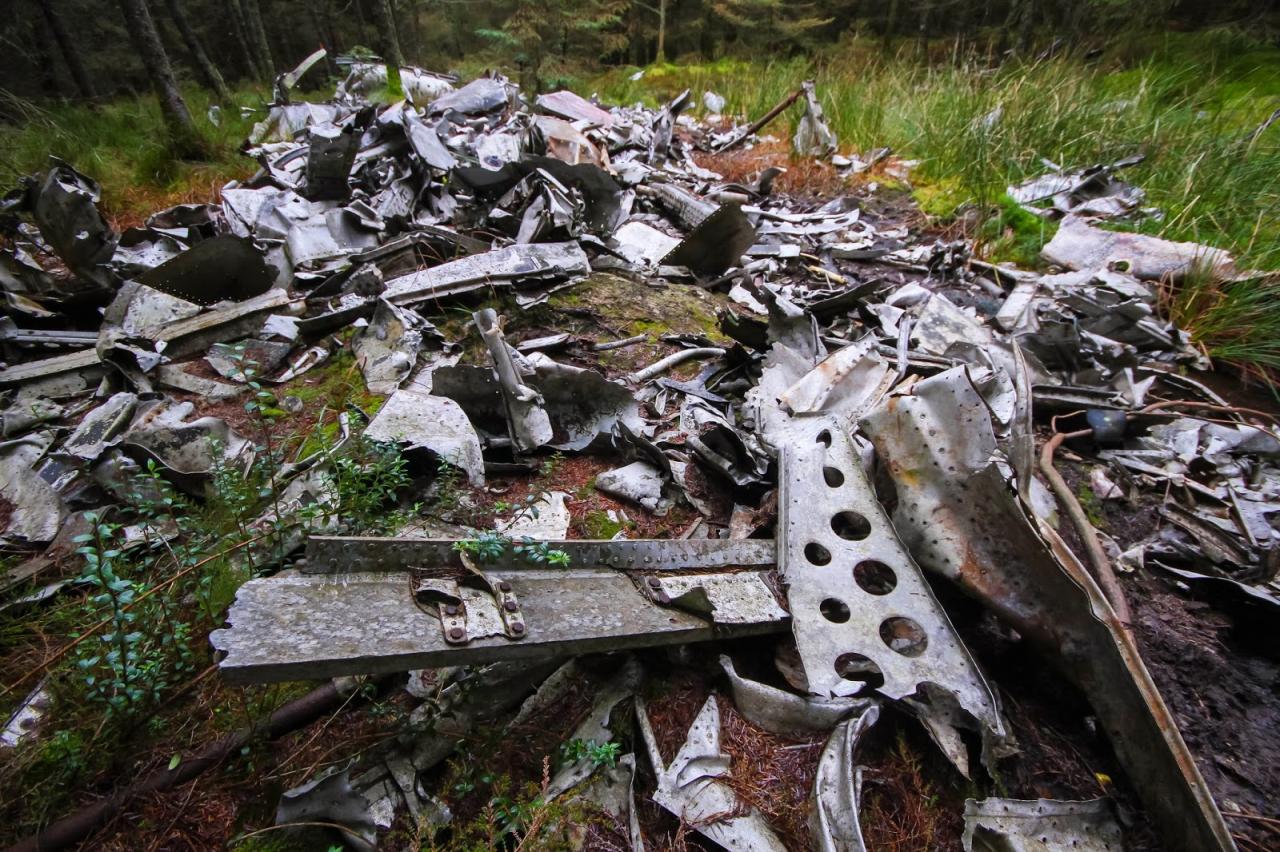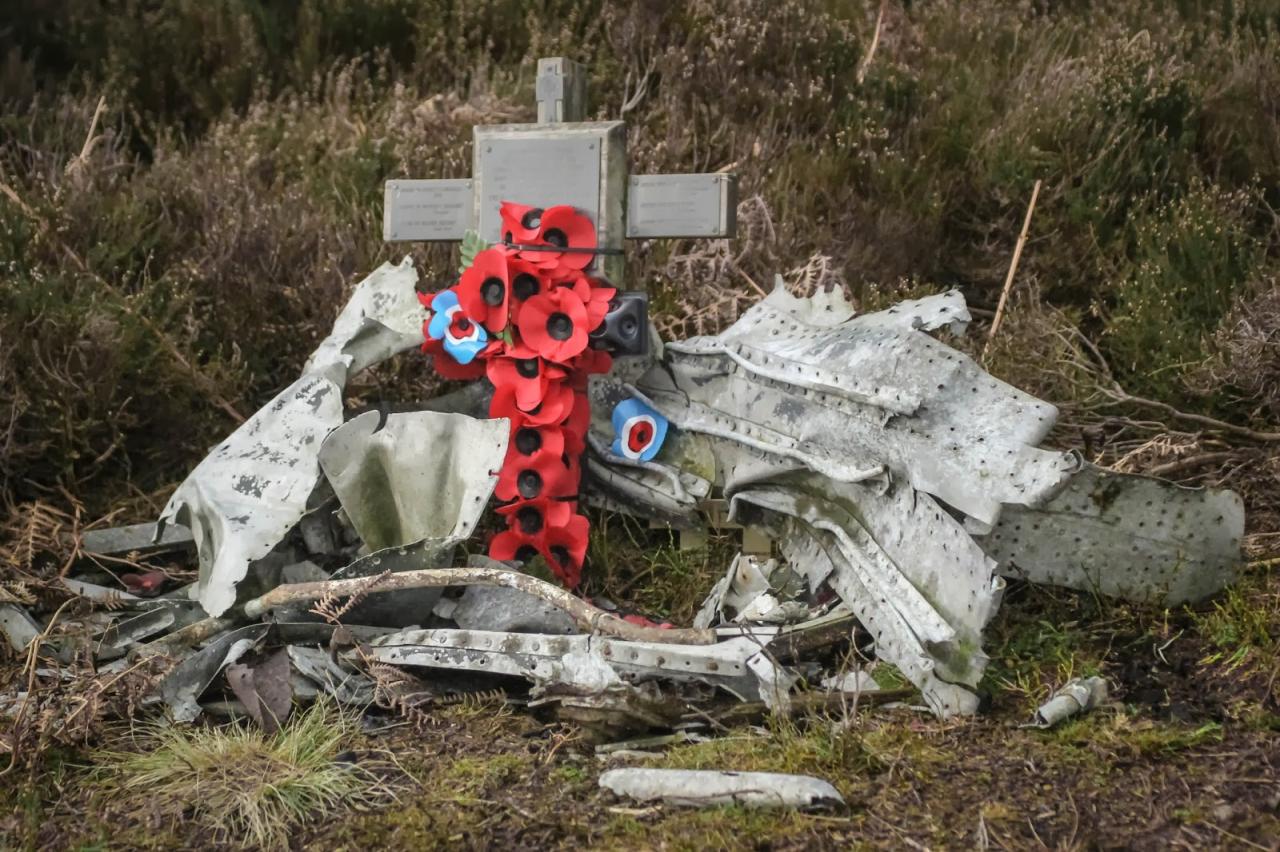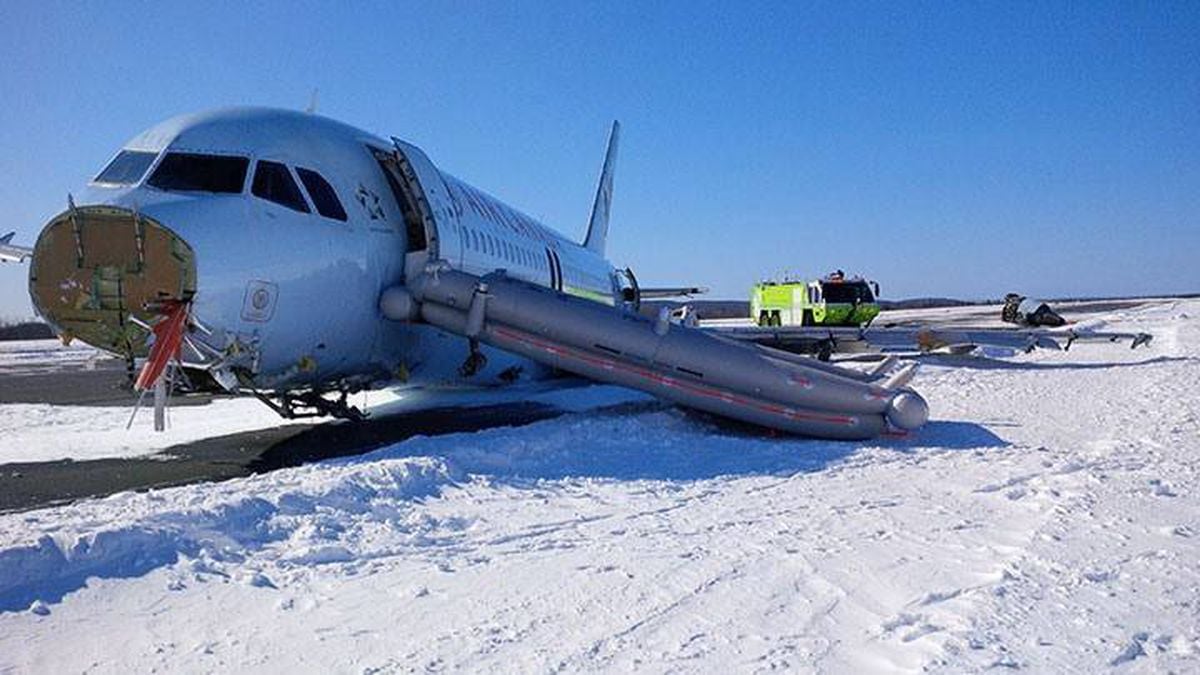Airplane Crash Halifax: This exploration delves into the history of air crashes near Halifax, examining the contributing factors and their impact on aviation safety. We’ll uncover the role of geography, weather, human error, and subsequent regulatory changes, painting a picture of both tragedy and progress.
From analyzing historical incidents and their devastating consequences to understanding the complex interplay of geographical challenges, meteorological conditions, and human factors, we aim to provide a thorough understanding of the subject. We’ll also look at investigation procedures and the resulting improvements in aviation safety regulations.
Airplane Crashes in Halifax: A Historical Analysis: Airplane Crash Halifax

Halifax, with its strategic location and challenging geography, has unfortunately witnessed a number of airplane crashes throughout aviation history. This analysis delves into the historical context of these incidents, exploring the geographical, meteorological, and human factors contributing to them, as well as examining investigation procedures and their impact on aviation safety regulations.
Historical Context of Airplane Crashes in Halifax
A comprehensive timeline of significant air crashes near Halifax is crucial for understanding the evolution of aviation safety. While precise records for early aviation accidents may be incomplete, significant incidents throughout the 20th and 21st centuries have shaped safety protocols. These events highlight the interplay of human error, technological limitations, and environmental challenges.
Airplane crashes in Halifax are thankfully rare events, but when they do happen, they’re major news. If you want specific details on a recent incident involving a plane going down near the airport, check out this report on the halifax airport plane crash for more information. Understanding these events helps us improve aviation safety in Halifax and beyond.
| Date | Location | Number of Casualties | Notable Factors |
|---|---|---|---|
| [Insert Date – Example: October 26, 1943] | [Insert Location – Example: Bedford Basin] | [Insert Number – Example: 12] | [Insert Factors – Example: Engine failure during wartime flight, inclement weather] |
| [Insert Date] | [Insert Location] | [Insert Number] | [Insert Factors] |
| [Insert Date] | [Insert Location] | [Insert Number] | [Insert Factors] |
| [Insert Date] | [Insert Location] | [Insert Number] | [Insert Factors] |
Each crash had a profound impact on the local community, leading to grief and trauma, as well as influencing infrastructure development and emergency response systems. Following these incidents, various safety regulations and procedures were implemented or strengthened, reflecting a continuous effort to improve aviation safety.
Thinking about the Halifax airplane crash makes you realize how devastating these events are. It’s a stark reminder that air travel, while generally safe, carries inherent risks. For another perspective on similar tragedies, check out the discussions on south korean plane crash reddit ; it offers a different angle on the emotional and investigative aftermath. Ultimately, understanding these events, regardless of location, helps us learn and improve aviation safety.
Geographic Factors Contributing to Halifax Air Crashes
Halifax’s unique geography presents several challenges for aviation. The proximity to the Atlantic Ocean, coupled with varied terrain including hills and coastal areas, significantly impacts flight operations and can contribute to accidents.
- Proximity to water: Water landings are often unsuccessful, leading to higher casualty rates in crashes near the coast.
- Varied terrain: Hills and uneven ground can complicate approaches and departures, increasing the risk of accidents.
- Coastal winds: Strong and unpredictable winds along the coast can make navigation challenging and increase the risk of accidents.
- Fog and low visibility: The combination of water and geographic features can create areas of frequent fog, severely reducing visibility.
Meteorological Conditions and Their Influence

Halifax experiences a range of weather conditions that can severely impact flight safety. Fog, snow, strong winds, and icing are common occurrences, each posing unique risks.
A visual representation of the impact of various weather phenomena on airplane safety could be a chart showing the correlation between specific weather conditions (fog density, wind speed, snowfall accumulation, ice accretion) and the probability of accidents. This would visually demonstrate how different weather patterns increase the risk of accidents.
Thinking about the Halifax airplane crash makes you realize how devastating these events are, no matter where they happen. It’s a stark reminder that air travel, while generally safe, carries inherent risks. For instance, check out this news report about a recent plane crash in south korea to see the global impact of such tragedies. Understanding these events, wherever they occur, helps us appreciate the complexities of aviation safety and the importance of ongoing improvements.
For example, a significant snowfall could reduce visibility, leading to spatial disorientation and a higher chance of collision. Similarly, strong crosswinds during landing could lead to loss of control and a runway overrun.
Human Factors in Halifax Air Crashes, Airplane crash halifax
Human error, including pilot error, mechanical failures, and air traffic control issues, plays a significant role in many aviation accidents. In Halifax, these factors have contributed to a number of crashes.
| Human Factor | Example | Impact | Preventive Measures |
|---|---|---|---|
| Pilot Error | [Example: Loss of situational awareness leading to a controlled flight into terrain] | [Example: Multiple fatalities] | [Example: Enhanced pilot training programs, improved cockpit resource management] |
| Mechanical Failure | [Example: Engine failure due to inadequate maintenance] | [Example: Emergency landing, potential for fatalities] | [Example: Stricter maintenance protocols, improved component design] |
| Air Traffic Control Issues | [Example: Communication breakdown leading to a near-miss] | [Example: Potential for collision] | [Example: Improved communication systems, enhanced training for air traffic controllers] |
Investigation and Response Procedures

Airplane crash investigations in Halifax involve a coordinated effort by various agencies, including the Transportation Safety Board of Canada (TSB), local police, fire services, and other relevant authorities. The investigation process typically follows established protocols, aiming to determine the cause of the accident and identify areas for improvement.
These procedures often involve collecting evidence from the crash site, analyzing flight data recorders (black boxes), interviewing witnesses, and conducting detailed technical examinations of the aircraft and its components. The findings of the investigation are then used to inform changes to safety protocols and emergency response systems.
Impact on Aviation Safety Regulations
Airplane crashes near Halifax have led to several significant changes in aviation regulations, both nationally and internationally. These changes aim to prevent similar accidents in the future by improving safety procedures and technologies.
- [Example: Implementation of new flight procedures for low-visibility conditions]
- [Example: Improved aircraft maintenance regulations]
- [Example: Enhanced pilot training programs focused on specific hazard mitigation]
- [Example: Development of new technologies to improve aircraft safety]
Final Thoughts

Halifax’s aviation history, marked by both tragedy and advancements in safety, serves as a powerful reminder of the delicate balance between human endeavor and the forces of nature. By understanding past mistakes, we can strive for a safer future, learning from the lessons embedded in these unfortunate events. The ongoing evolution of safety protocols, spurred by investigations and rigorous analysis, underscores a commitment to preventing future tragedies.
FAQ Section
What types of aircraft have been involved in crashes near Halifax?
A variety of aircraft, ranging from smaller propeller planes to larger commercial jets, have been involved in accidents near Halifax throughout history. Specific details would require further research into individual incidents.
How frequently do airplane crashes occur near Halifax compared to other Canadian cities?
Determining the precise frequency requires extensive statistical analysis comparing Halifax to other Canadian cities. This data would need to be compiled from official aviation safety sources.
What is the role of Transport Canada in investigating air crashes in Halifax?
Transport Canada plays a leading role, overseeing investigations, determining causes, and recommending safety improvements based on findings. They often collaborate with other agencies such as the Transportation Safety Board of Canada (TSB).
